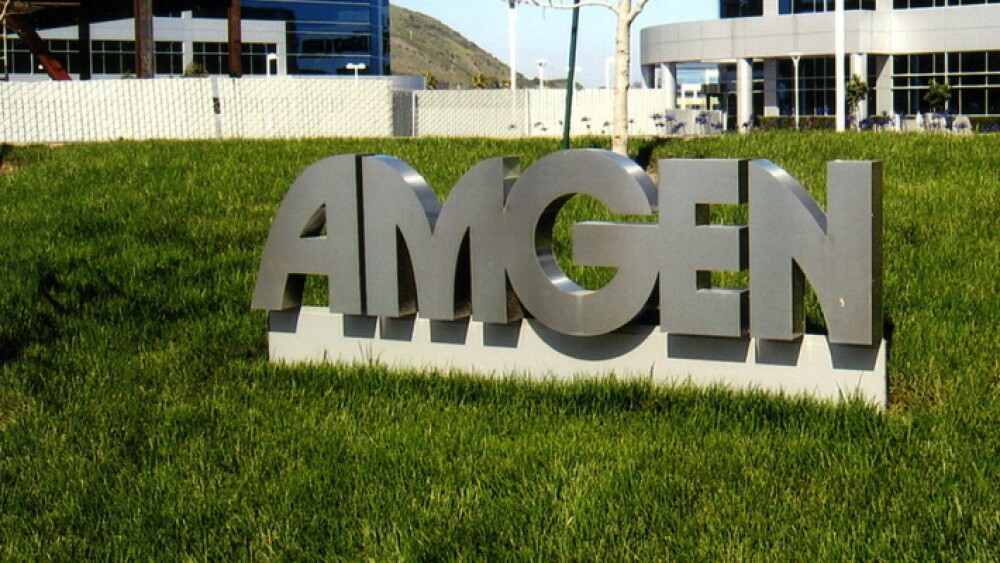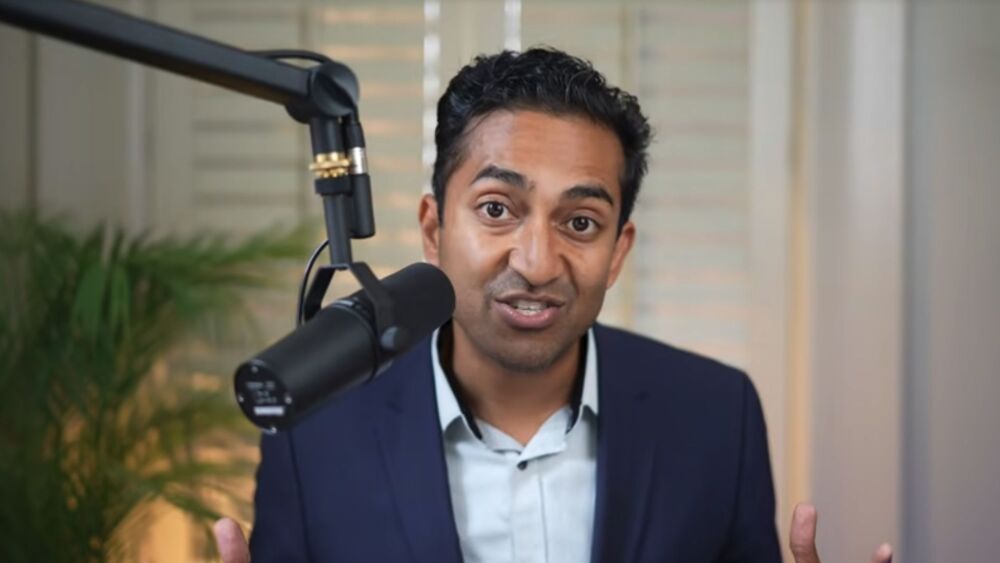August 11, 2016
By Mark Terry, BioSpace.com Breaking News Staff
Thousand Oaks, California-based Amgen provided its second-quarter financial results on July 27, and the company is having a very good year so far, although there appears to be some dark clouds on the horizon. With competition in the near-future from biosimilars and generics, here’s a look at what the company appears to be doing to deal with the threat.
The second quarter revenues increased by 6 percent from the second quarter of 2015 to $5.7 billion. They were primarily driven by a 5 percent increase in Enbrel, Prolia, Kyprolis and Xgeva sales. Enbrel rose by 10 percent, Aranesp by 5 percent, Prolia by 30 percent, Sensipar/Mimpara by 13 percent, Xgeva by 15 percent, Epogen by 33 percent, Neupogen by 23 percent, and Kyprolis by a staggering 45 percent, and Blincyto by an even more impressive 76 percent.
The company updated its 2016 guidance, projecting total revenues of $22.5 to $22.8 billion, increased from $22.2 to $22.6 billion.
Much of the company’s success is related to sales of Enbrel, which accounts for about 25 percent of company revenue, and is expected to have $1.4 billion sales in the second quarter of this year. But that’s where the biggest threat is. Samsung Bioepis and Biogen launched a biosimilar to Enbrel, Benepali, in Europe in January 2015. Samsung Bioepis and Merck launched a biosimilar of Enbrel called Brenzys, in South Korea in September 2015.
Enbrel was developed by Amgen but licensed to Pfizer outside the U.S. Johnson & Johnson has a similar drug, Remicade, and it’s facing biosimilar competition in Europe from Hospira and Celltrion .
Although Amgen has indicated it feels its U.S. competition may be covered by its patent protection, a U.S. Food and Drug Administration (FDA) advisory committee has recommended a biosimilar of Enbrel manufactured by Novartis be approved for all reference indications.
So what is Amgen doing to fend off all this competition?
Amgen is collaborating with Allergan to develop and market four biosimilars of Avastin, Herceptin, Rituxan/Mabthera, and Erbitux.
The company has invested $12.7 billion in the last three years to develop its pipeline into oncology/hematology, cardiovascular disease, inflammation, bone health, nephrology and neuroscience.
In terms of current products and pipeline programs, the company is expecting data from a Phase III trial of Repatha on atherosclerotic disease in the second half of this year, and an event driven Phase III study of Repatha on cardiovascular outcomes is expected in the first quarter of 2017. That has the possibility of having a major effect. Although the drug has shown it can lower cholesterol, so far the connection to a decrease in heart attacks and strokes hasn’t been made, which has made it easier for payers to put off paying for the drug.
Amgen is also expecting data from a Phase III study of Kyprolis versus bortezomib in newly diagnosed, transplant ineligible multiple myeloma patients in the second half of this year.
Last month, the company submitted a Biologics License Application for romosozumab to treat osteoporosis in postmenopausal women to the FDA. At the same time, primary data analysis was completed for a Phase III trial on the efficacy and safety of ABP 980 with transtuzumab in patients with human epidermal growth factor receptor 2-positive early breast cancer.
Amgen is currently trading for $172.38, having jumped 13 percent in July.
The Motley Fool notes, “Higher demand for key therapeutics and operating margin expansion tied to its extensive cost cuts propelled Amgen’s EPS higher. … Amgen has a strong late-stage pipeline that could still yield, including its biosimilar program, around a dozen new drug launches in the coming years. In other words, Amgen appears well on its way to sustained growth and operating margins in excess of 50 percent.”





